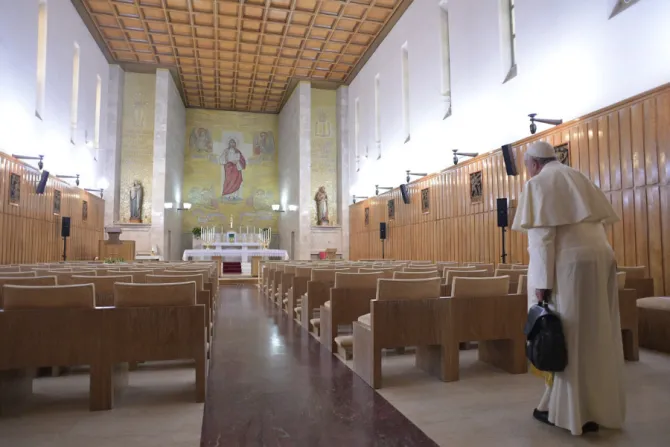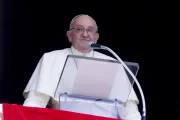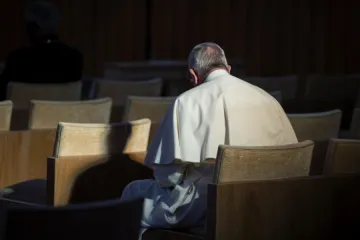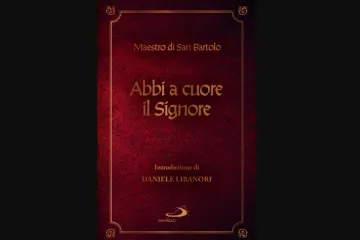Vatican City, Feb 22, 2021 / 07:00 am
For nearly 100 years, popes have set aside time for an annual retreat and meditation on spiritual exercises.
Pope Francis and the Roman Curia began a weeklong Lenten retreat Sunday, but for the first time since the Second Vatican Council, this retreat is not taking place as a time of communal prayer due to the coronavirus pandemic.
Instead, the pope has asked the members of the Roman Curia to make their own arrangements for a private Lenten retreat this year on Feb. 21-26. All papal events, including the Wednesday general audience, are canceled for this week.
Pope Pius XI began the practice of annual spiritual exercises at the Vatican, inviting Jesuit priests to lead the Ignatian exercises for himself and the Curia in 1925. Pius XI was a great admirer of St. Ignatius of Loyola, the founder of the Society of Jesus, proclaiming him patron of spiritual exercises in 1922.






